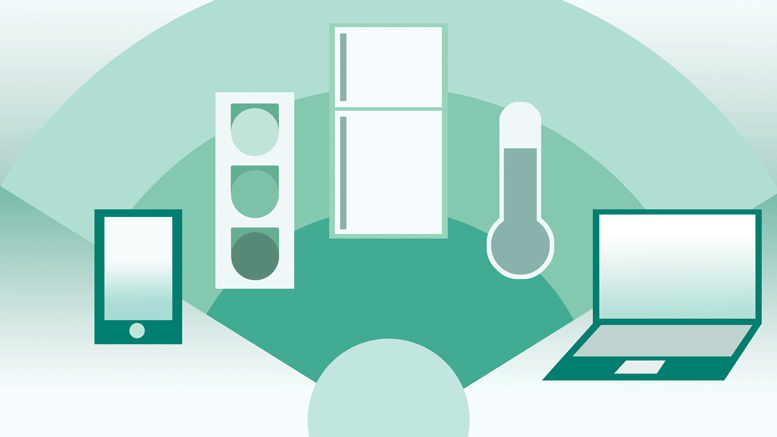You wake up this morning, head through your apartment door and without having to do anything your car responds to your impending arrival and starts, saving you from having to worry about sitting in the cold waiting for the engine to warm up. While this sounds like science fiction, this seamless integration of technology and convenience is becoming a reality: this is the Internet of Things.
The Internet of Things is the concept of having everything connected to the Internet. It is the collection of sensors and embedded electronics networking together to collect data and react. It’s a reality-changing technology that is revolutionizing everyday life and simplifying trivial tasks.
The example given above barely scratches the surface of what the Internet of Things is. The Internet of Things is a paradigm that the world is shifting towards. With computer chips becoming cheaper and smaller in size, and at the same time more powerful, it is now much more feasible to embed them into everything, from buildings and cars to farm animals and bus seats.
Able to get relevant data from your phone about specific things that happened throughout your day, your home can now react accordingly. Whether by changing the temperature in anticipation of your arrival, playing soothing music due to a long day at work, or calling the ambulance due to an injury, it will simplify and improve the quality of life.
The Internet of Things will redefine our realities, with everyday objects communicating with the purpose of making our lives easier; our world will be in constant change based on our experiences and our personalities. Some governments have already started investing heavily in the Internet of Things, acknowledging its importance economically and socially.
It is estimated that by the year 2020 there will be over 50 billion “things” that will be connected to the Internet.
The Internet has had made a significant impact on human societies over the past 20 years, and has changed the way we all live. We now have things like online video games and video streaming services, and we can now talk with people on the other side of the planet through live high-definition video in real time.
Imagine what kind of change the Internet of Things will bring. However, like many disruptive technologies, the long-term implications are sometimes hard to predict.
Hackers and viruses can do tremendous harm to electronic devices or to a digital services, such as our own computers or eBay customer servers. Hackers can damage digital property, or steal private information from a compromised website.
This effect could be magnified many times more once everything is connected, so there is a clear security and privacy concern. On top of that, the advertising industry will become much more intrusive. It will be able to market things specifically for you, which might be quite annoying to some, and which brings into question the morality, ethics and responsibility of those we trust to be the front runners of this new technology.
But everything has its downsides, from a broad perspective; the Internet of Things has the potential to be a substantial improvement on our quality of life. It has its risks, but so does every major technological advancement. It’s already happening, so we need to be prepared, but we should be excited for the opportunity this presents.


